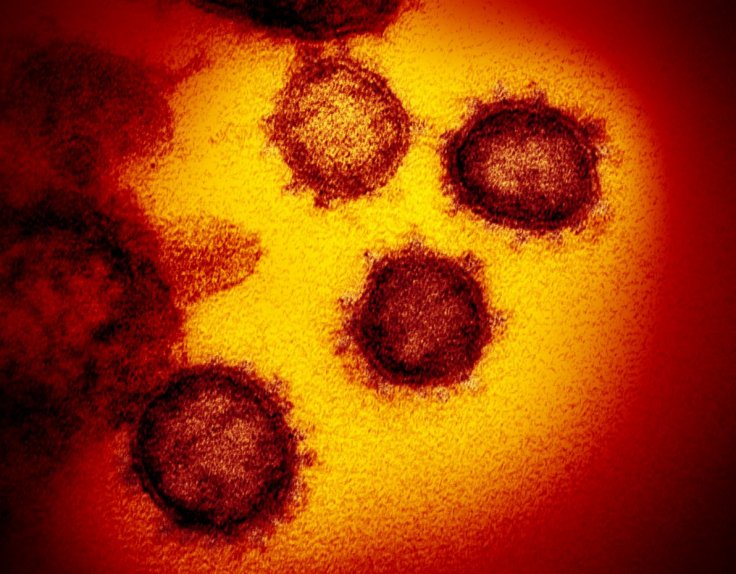There has been large amount of data from China since the novel coronavirus outbreak and one such study said that children and adolescents accounted for only two percent of COVID-19 hospitalizations. Children showed fewer symptoms and very mild disease, noted the study.
The review study, published in the Pediatric Infectious Disease Journal, said that the novel coronavirus seems to cause fewer symptoms and less severe infection among children compared to adults. In 2003, most children with SARS coronavirus had fever but in the case of MERS, another earlier form of coronavirus, children remained mostly asymptomatic, said the study.
Uncertainty
The role of children in transmitting the virus, however, remains uncertain as researchers found in a recent case study where a young child with COVID-19 high levels of virus showed no symptoms. Since the virus did not pose any threat to children, researchers are probing the nature's secret that is likely to help solve the global pandemic.
Akiko Iwasaki, a Professor of Department of Immunobiology and Department of Molecular, Cellular, and Developmental Biology at Yale University, told New Scientist: "There's a danger of being complacent about the children not getting severely ill"
Rapid immune response
In answering the question, Chris van Tulleken at University College London told New Scientist that the case of a rapid immune response would result in leakage of fluid and immune cells into the lungs. These immune responses in attacking the virus could end up blocking oxygen intake of the lungs. Owing to the developing immune system among children, they get shielded by rapid immune responses by a response called 'cytokine storm', explained the researcher.
Two studies made on the SARS outbreak found something similar -- that children produced low levels of inflammation that drives cytokines, which could have protected lungs from significant damage.

Past Coronavirus Studies
Past two decades witnessed three major disease outbreaks due to the coronaviruses, that is SARS-CoV in 2002, MERS-CoV in 2012, and now SARS-CoV-2 (which causes COVID-19)
According to the review mentioned, there are four coronaviruses that circulate among humans, majorly causing respiratory and gastrointestinal symptoms ranging from the common cold to severe disease. All the above viruses potentially cause serious life-threatening conditions, particularly in older people and those with pre-existing health conditions.
"Most infected children recover one to two weeks after the onset of symptoms, and no deaths had been reported by February 2020," the researchers wrote in the study. Adding to this, they study says that kids with COVID-19 may be more likely to develop gastrointestinal symptoms.
In developing a vaccine, targeting a "spike glycoprotein" in the virus involved in interactions with human cells will be key, the study said.









